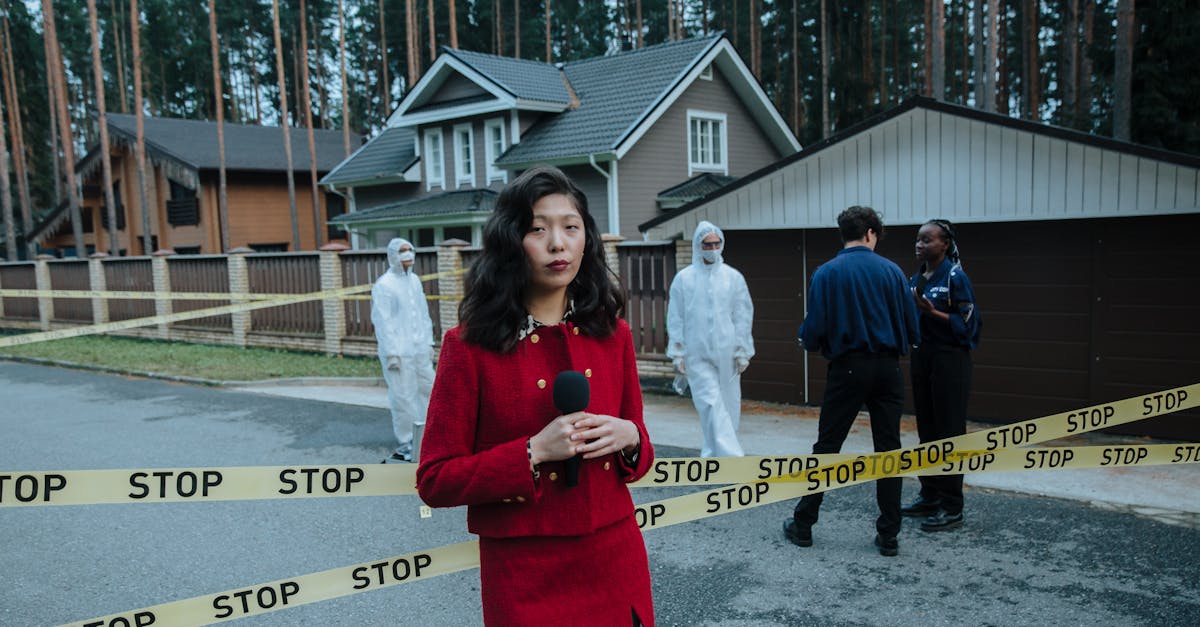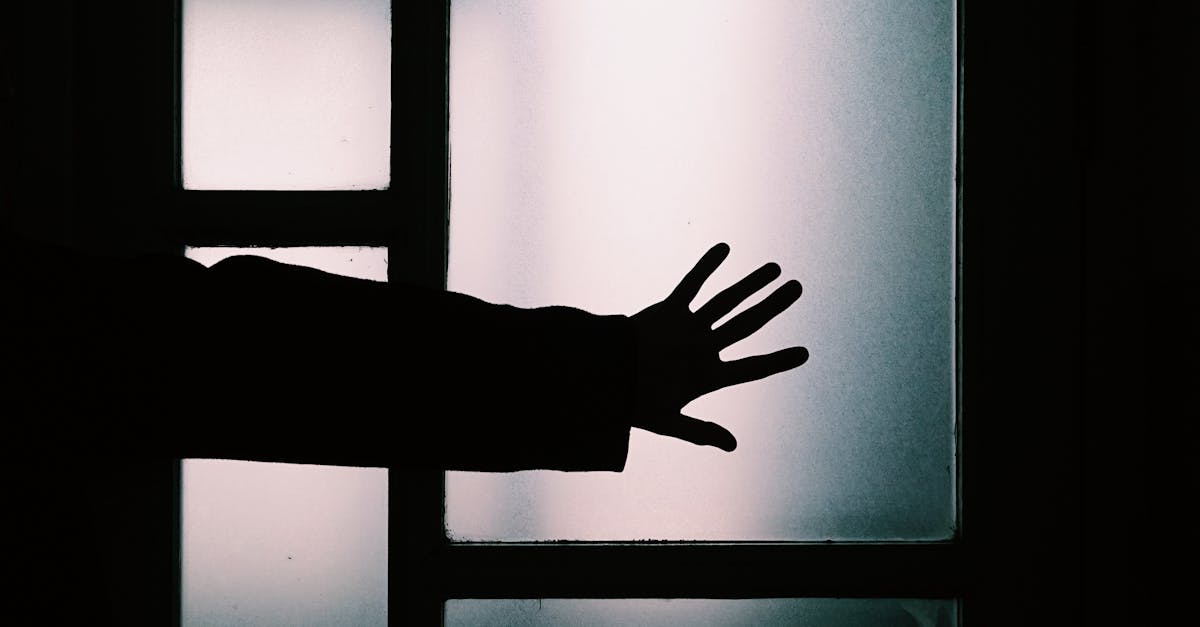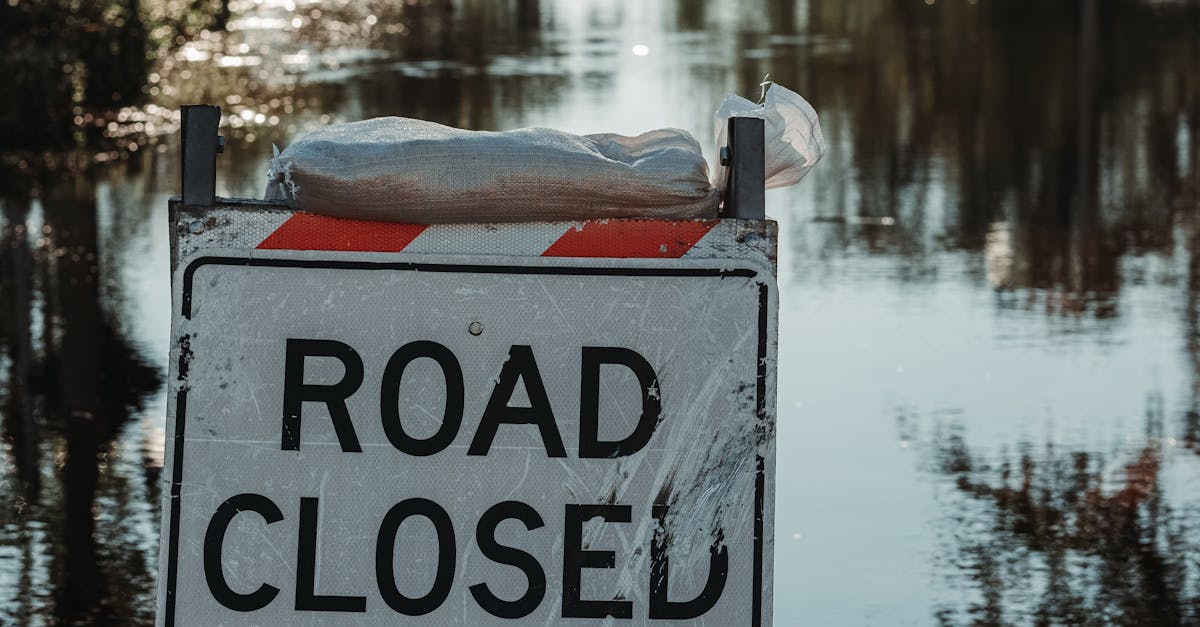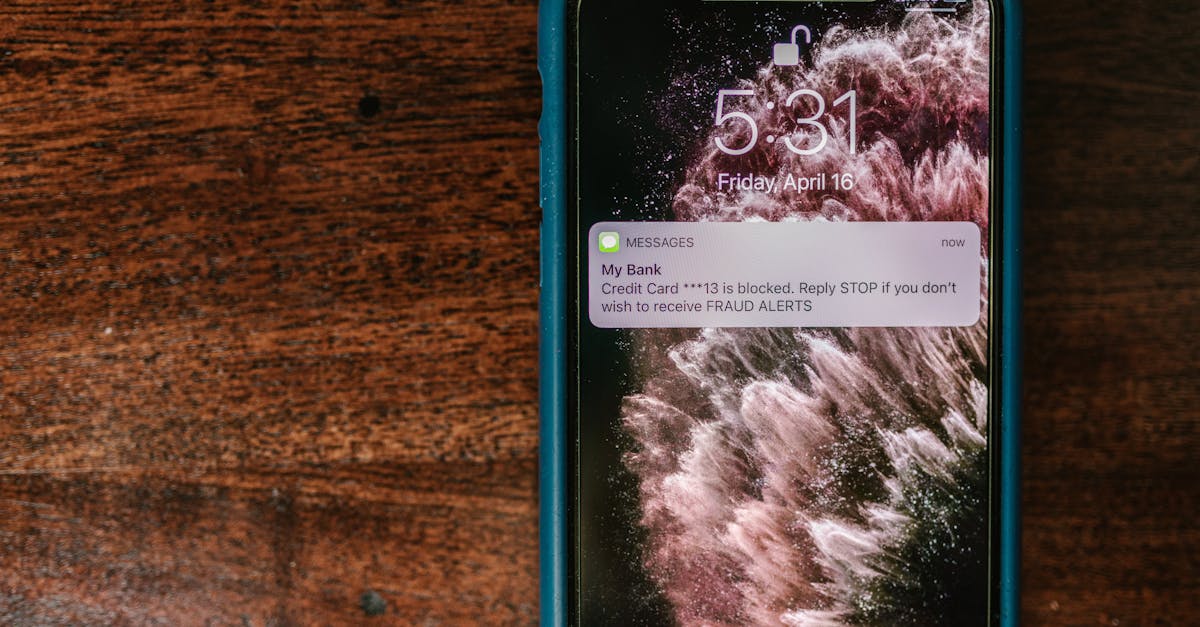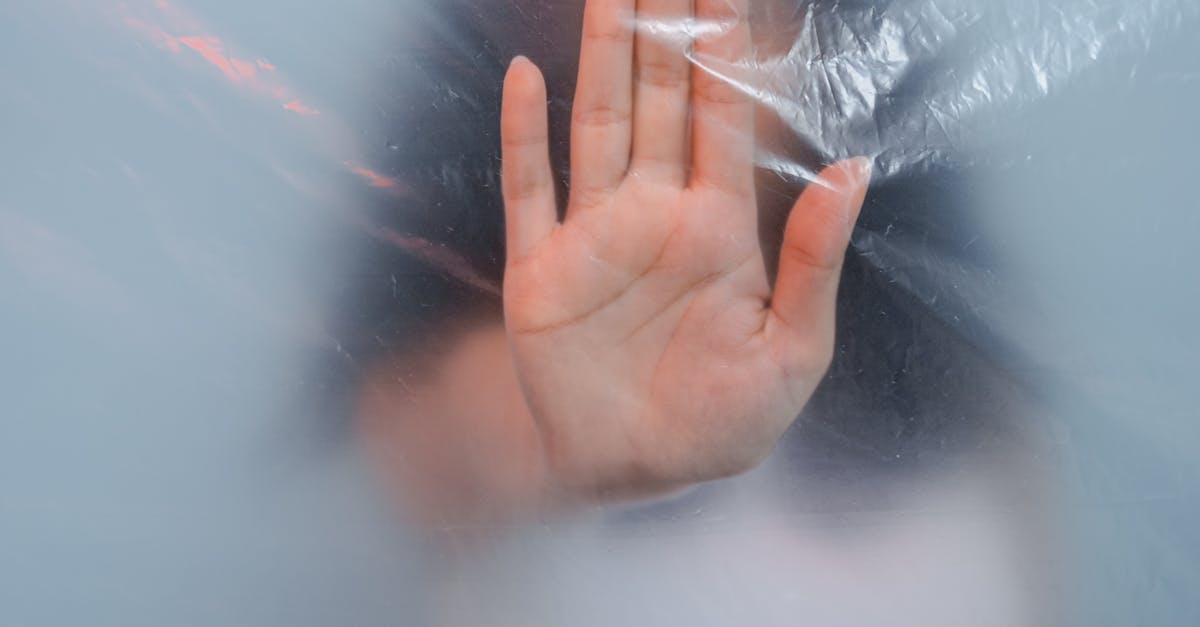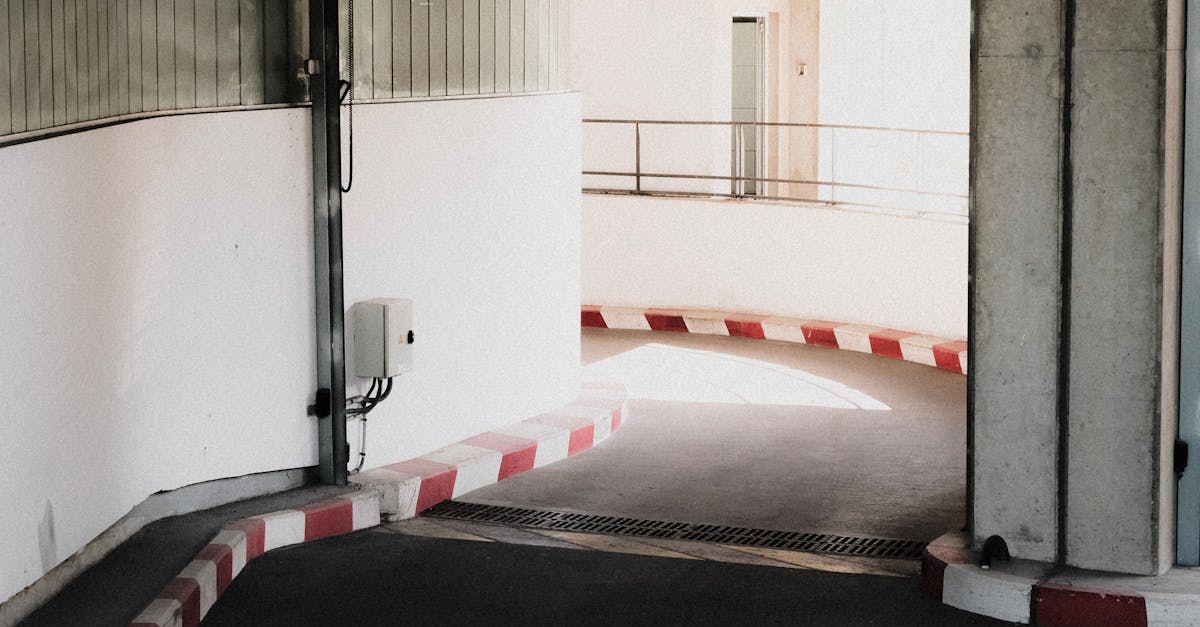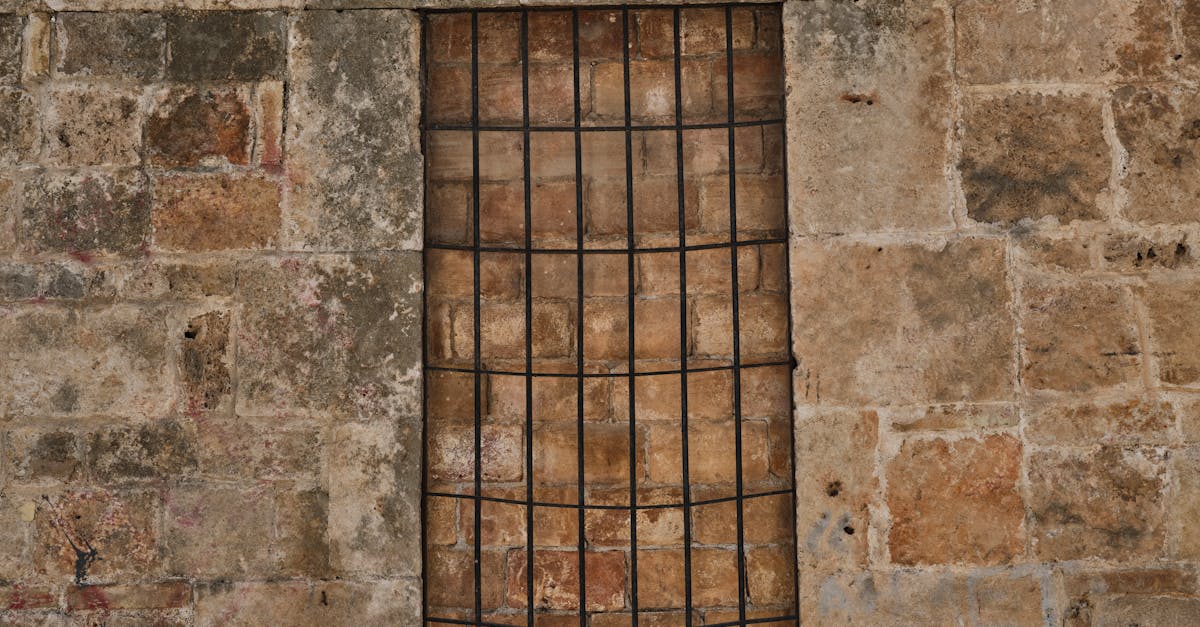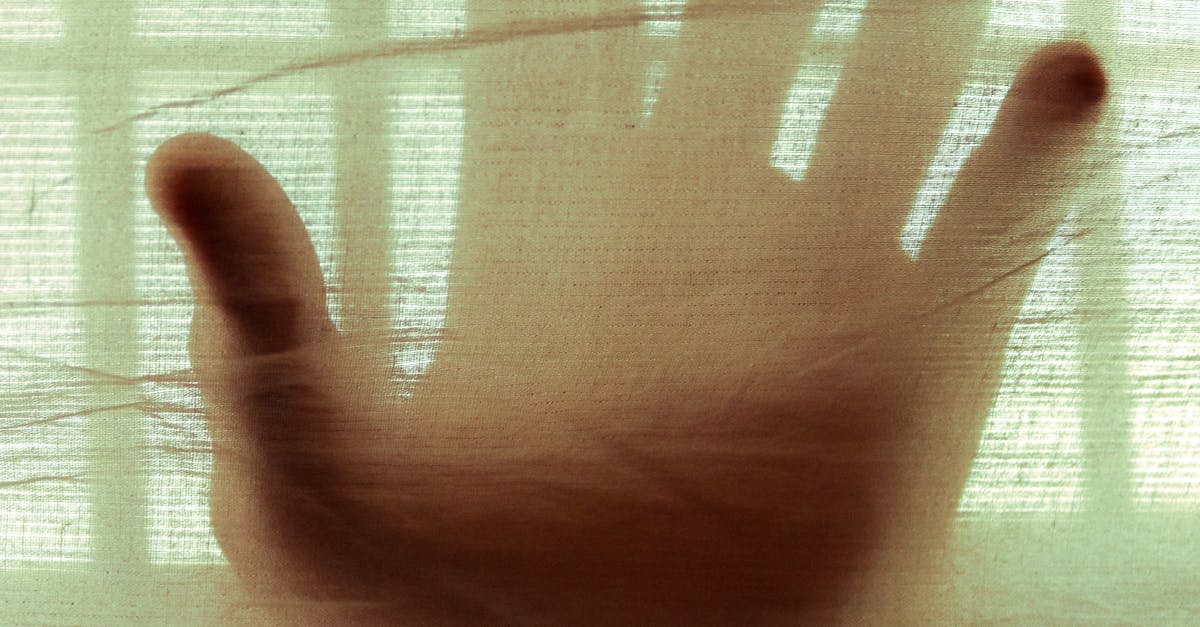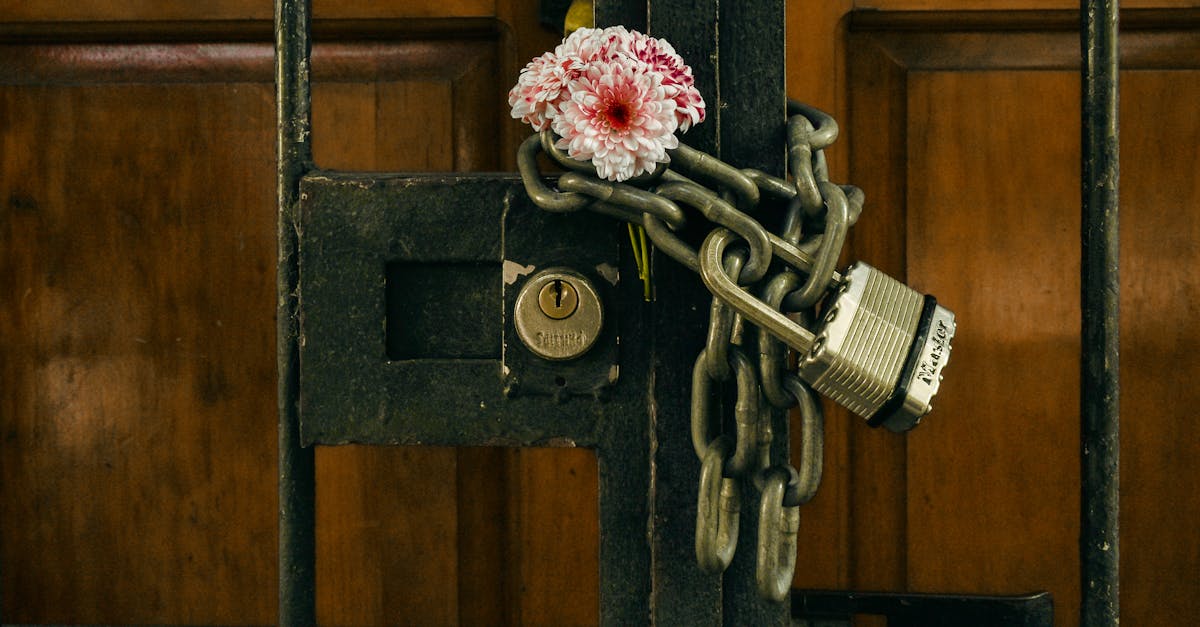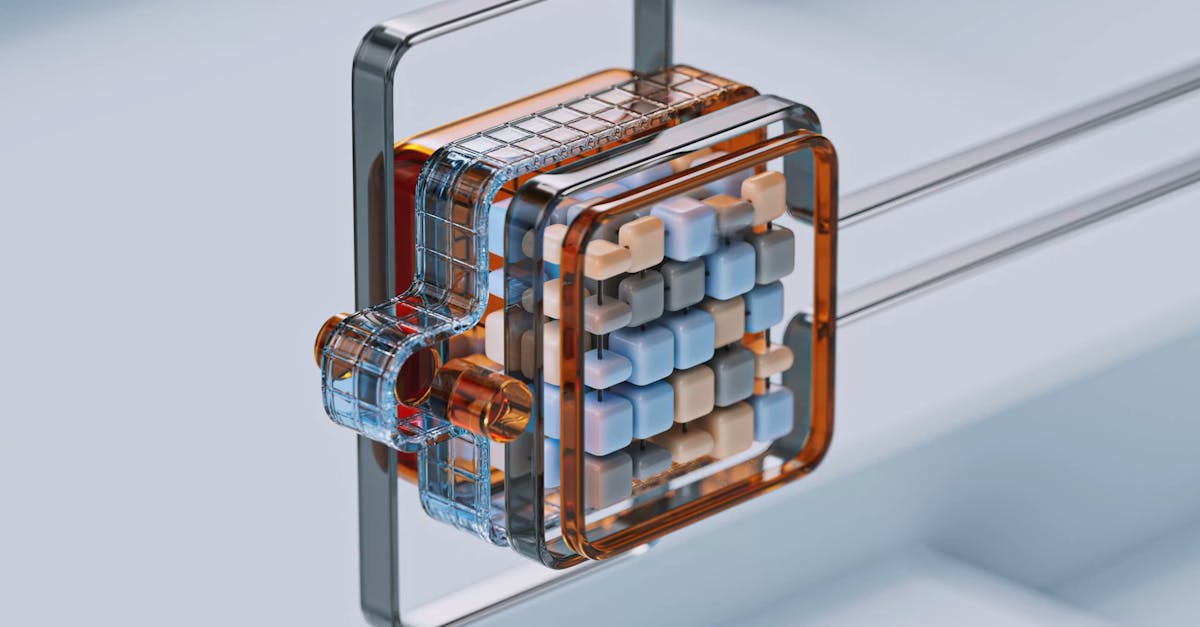
Table Of Contents
Steps for a DIY Repair
When faced with a burst pipe, the first step in a DIY repair involves shutting off the water supply. Doing this prevents further flooding and allows you to assess the damage. Next, gather the necessary materials such as pipe clamps, rubber patches, or appropriate sealing tape. If the pipe is made of metal, you may need a pipe wrench to remove the damaged section.
After you have stopped the water flow, inspect the pipe thoroughly. If the damage is minor, applying a rubber patch or fitting a pipe clamp may suffice for a temporary fix. For more extensive damage, cutting out the affected section and replacing it with a new piece of pipe could be necessary. Armed with basic tools and materials, most homeowners can handle a burst pipe repair without professional assistance.
Patching or Replacing the Section
When dealing with a burst pipe, the first step is to assess whether patching the section is feasible or if a complete replacement is necessary. If the damage is minimal, a simple patch may suffice. Use a pipe repair clamp or epoxy putty to seal small leaks. Ensure the area is clean and dry before applying any repairs. For those with experience in plumbing, this method can be a quick and cost-effective solution for burst pipe repair.
However, if the burst pipe has caused significant damage or if corrosion is evident, replacing the affected section may be the best option. Cut out the damaged segment using a pipe cutter and replace it with a new piece of pipe. Ensure that all connections are secure and leak-free. Properly solder or use appropriate fittings to ensure a durable fix. This approach may require more time and skill, but it provides a long-lasting solution for burst pipe repair.
When to Call a Professional
Homeowners should recognize when a burst pipe repair exceeds their skill set. Signs of significant structural damage or persistent leaks indicate a need for a professional plumber. If the pipe is in a hard-to-reach location, the risk of further damage during a DIY attempt can increase. Professionals have the tools and expertise to handle complex situations safely and effectively.
Additionally, if the water bill spikes unexpectedly or there is visible mold along walls or ceilings, it’s time to seek help. These issues can signify a larger plumbing problem beyond just a single burst pipe. Relying on a qualified plumber can save time and money in the long run while providing peace of mind that the job will be done correctly.
Indicators for Expert Help
Homeowners should recognize when a burst pipe repair exceeds their skills or tools. If the damage extends beyond a small section of piping or if it occurs in a hard-to-reach area, calling a professional is advisable. Persistent water leaks that continue despite temporary fixes can lead to mold growth and structural damage. Additionally, if you are unsure about the source of the leak or how to properly shut off the water supply, seeking expert assistance can prevent further complications.
Another indicator for professional help is the presence of multiple leaks in different locations. This could point to underlying issues with the plumbing system rather than isolated incidents. If you notice any significant drop in water pressure, discoloration in your water, or if your water bill spikes unexpectedly, these are signs that warrant a call to a plumbing service. Choosing to engage a professional for burst pipe repair not only ensures the job is done correctly but also gives you peace of mind.
Preventative Measures
Preventative measures play a crucial role in minimizing the risk of pipe bursts in the first place. One effective strategy involves insulating pipes, especially those located in unheated areas like basements and attics. Insulation material can guard against extreme temperature fluctuations, which often lead to freezing and subsequent bursting. Regularly checking for signs of wear and tear on insulation can help maintain its effectiveness throughout the colder months.
In addition to insulation, maintaining proper water pressure can also aid in preventing burst pipes. Consistently high pressure, especially in older plumbing systems, can strain pipes and lead to damage over time. Homeowners should consider acquiring a water pressure gauge to monitor levels regularly. Implementing these preventative techniques not only helps avoid the need for burst pipe repair but also promotes the longevity of plumbing systems.
Insulating Pipes During Winter
Insulating pipes during winter is a crucial step in preventing the risks associated with freezing temperatures. When pipes are exposed to cold air, the water inside can freeze, causing a significant increase in pressure that often leads to leaks or bursts. Proper insulation helps maintain a stable temperature around the pipes, reducing the chances of freezing. Homeowners should consider using foam pipe insulation or wrapping pipes with heat tape to provide additional warmth.
In addition to insulation, it's vital to keep the temperature in unheated areas of the home consistent. This includes spaces like attics and basements, where pipes may be more vulnerable to cold. Regularly checking for drafts and sealing off any gaps can help create a more stable environment for your plumbing. Proactively insulating pipes not only helps avoid the hassle of burst pipe repair but also can save on costly damage and repairs down the line.
FAQS
What are the first steps I should take if I discover a burst pipe?
The first steps include turning off the main water supply to prevent flooding, draining remaining water from the pipes by opening faucets, and locating the burst section for assessment.
Can I fix a burst pipe myself, or should I call a professional?
It depends on the severity of the burst. Minor leaks can often be patched up with DIY methods, but larger or more complex bursts usually require a professional to ensure proper repair and prevent future issues.
What materials do I need for a DIY pipe repair?
For a DIY repair, you will typically need a pipe repair clamp, epoxy putty, or pipe replacement sections, along with tools like a wrench, pipe cutter, or a hacksaw.
How can I tell if my burst pipe repair was successful?
After repairing the burst pipe, turn the water supply back on slowly and check for leaks. Monitor the area over the next few days to ensure that no water is seeping through.
What preventative measures can I take to avoid burst pipes in the future?
To prevent burst pipes, consider insulating exposed pipes during cold weather, maintaining consistent heating in your home, and regularly checking for signs of wear or corrosion in your plumbing system.
